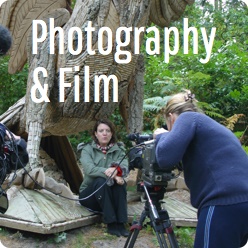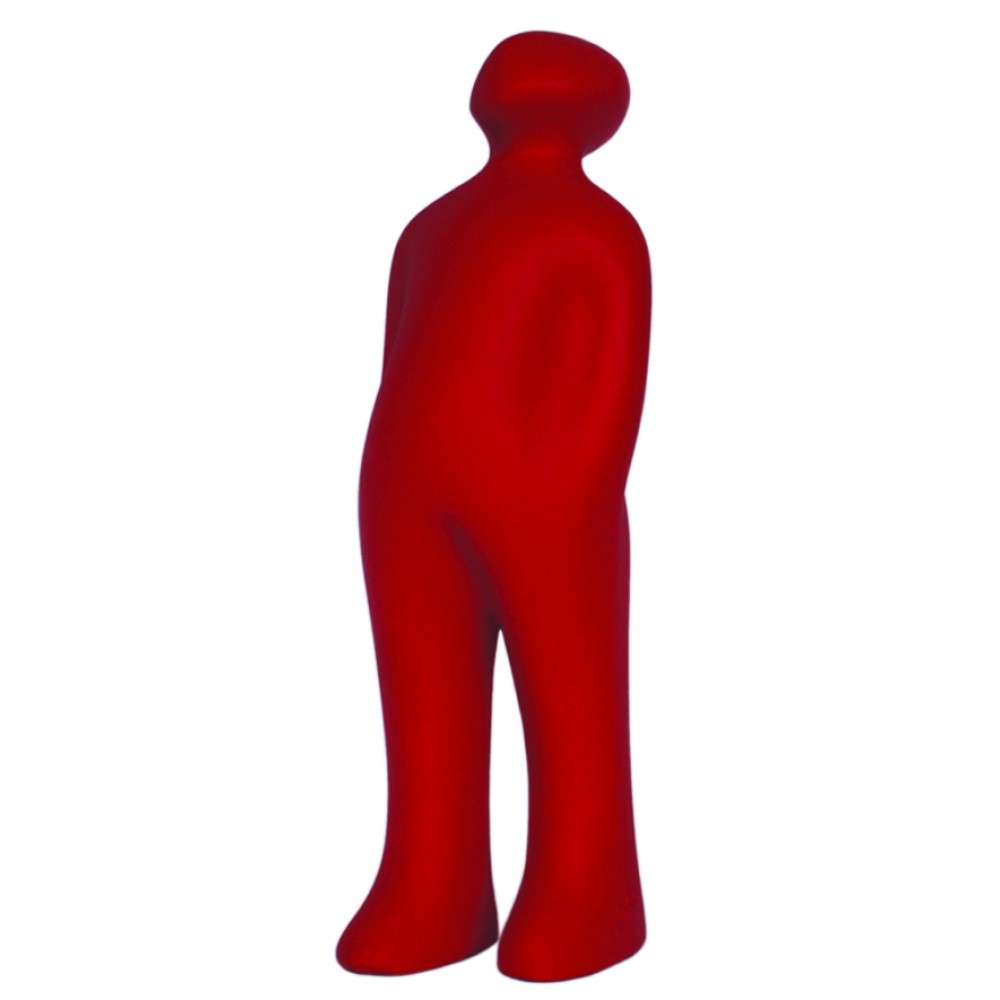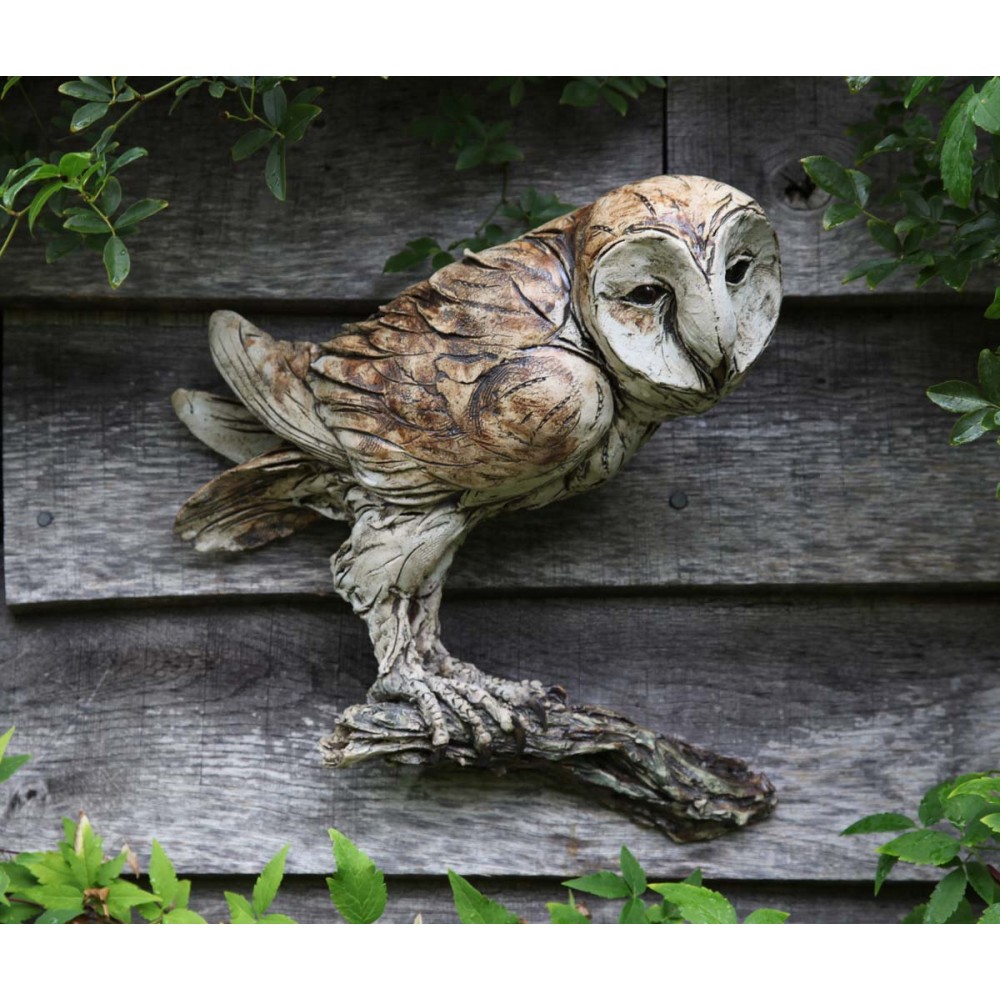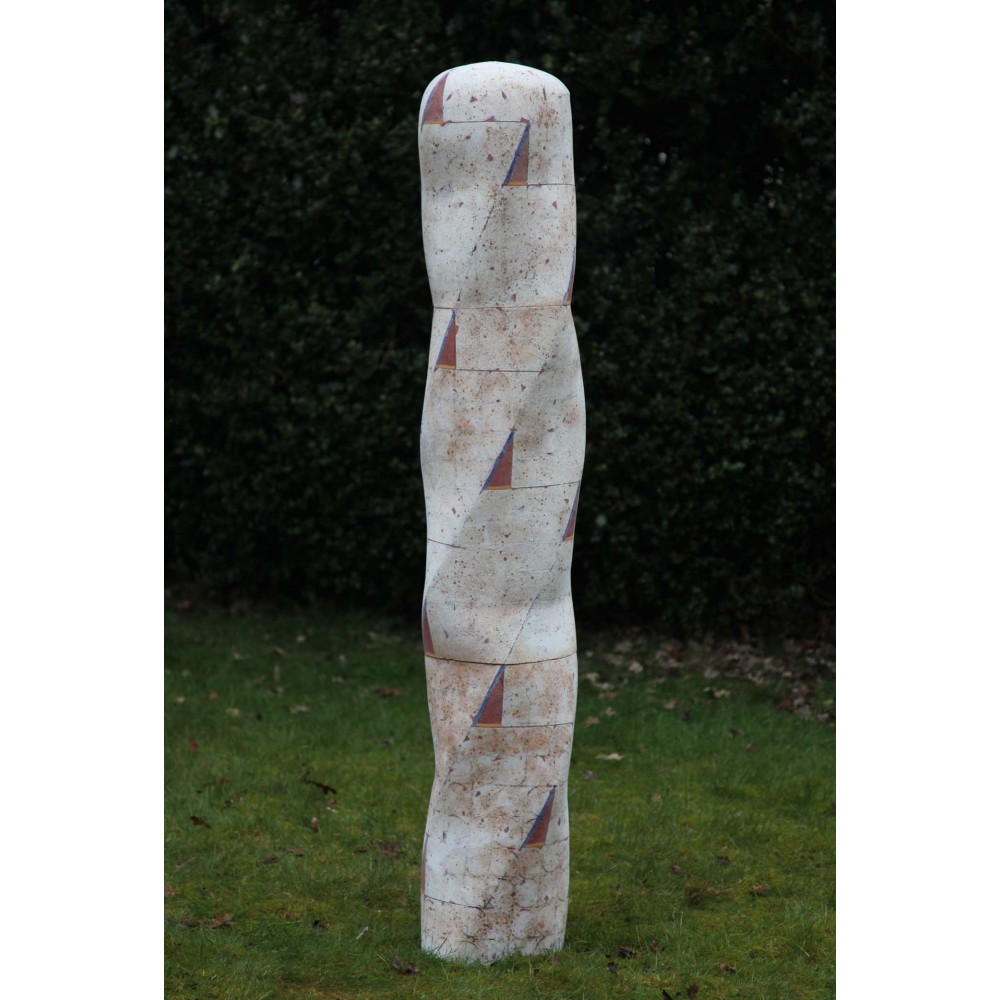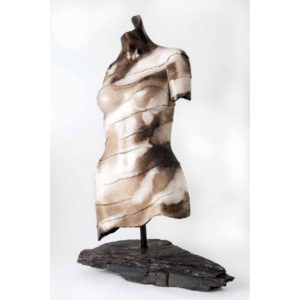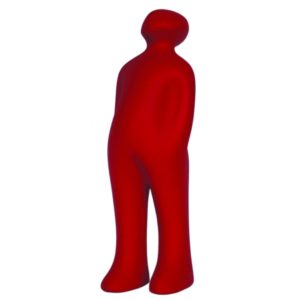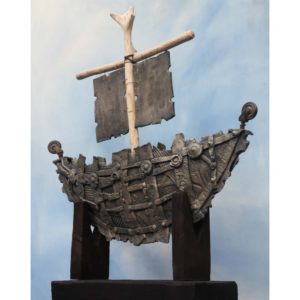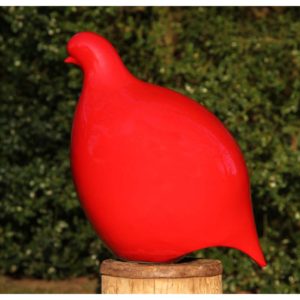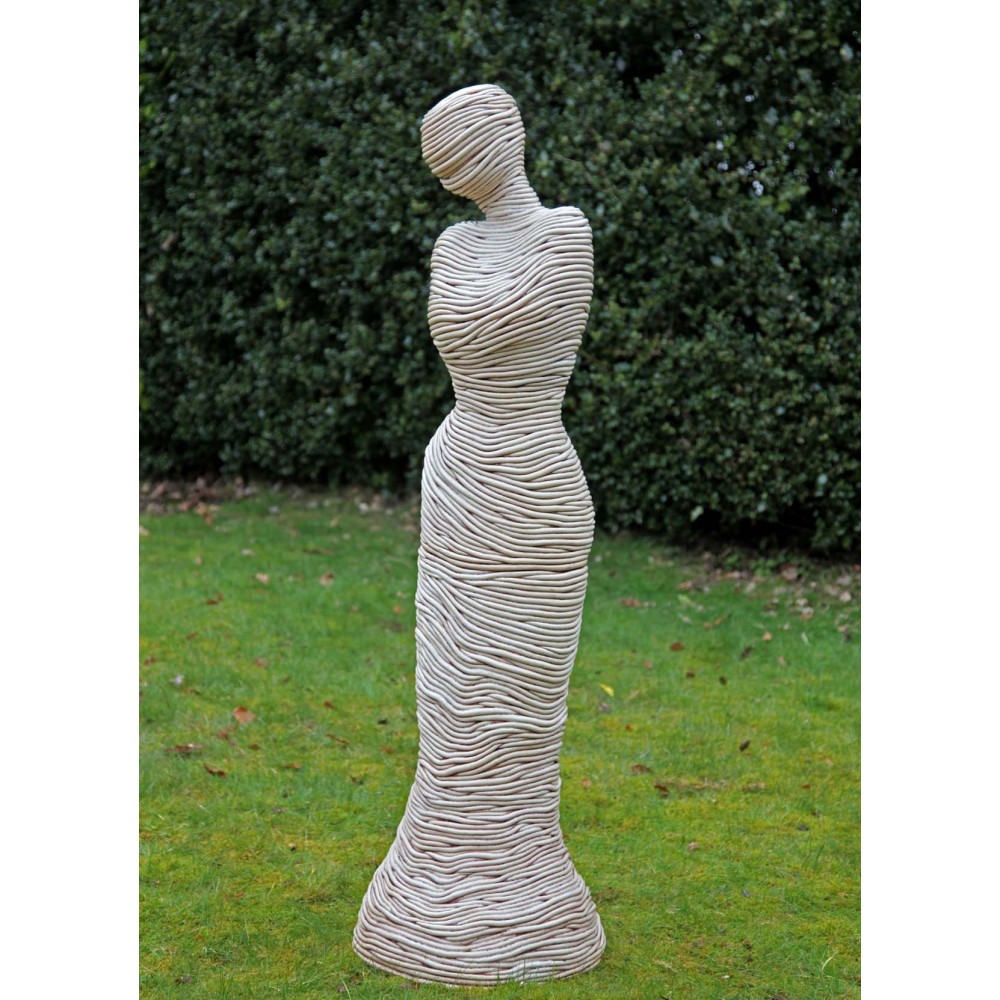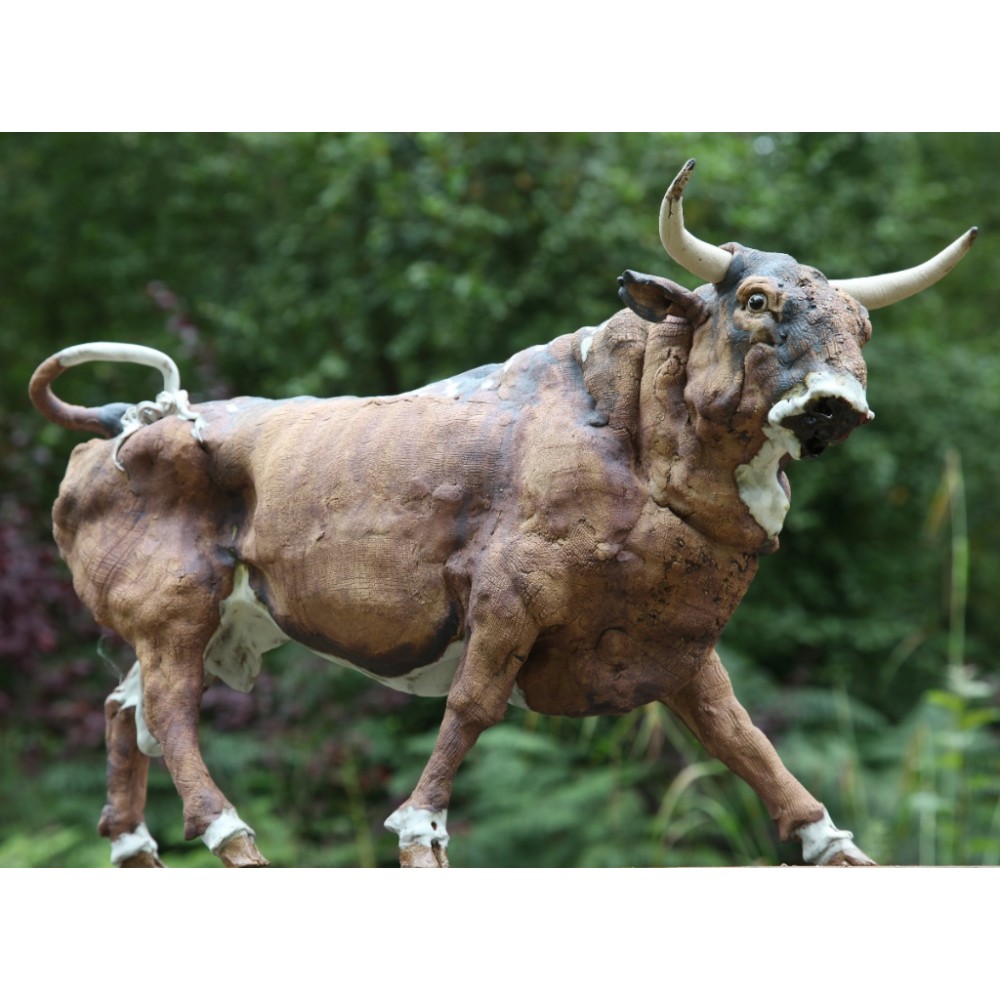Your basket is currently empty.
Ceramic Sculptures
Ceramics are an unusual, and sometimes hard to define genre of sculpture. Often treading the line between craft work and fine art, pieces of ceramic work can sometimes split opinion on just how they should be regarded. However, whether the object is an ‘art or a craft’, a ceramic is made using non-metal minerals such as natural clays or other types of earth. This material is formed and then fired. This firing process converts the malleable base material into a hard, strong and corrosion resistant material- producing long lasting and durable pieces. There is a huge variety in the types of materials that can be used to produce ceramic sculptures- either by themselves, or through mixing with other substances. There are even some entirely synthetic materials, such as polymer clays. Depending on the base material used, and the resulting properties of the object once fired, it may be categorised in the following way: earthenware, terracotta, porcelain, china, bone china, stoneware or many others.


